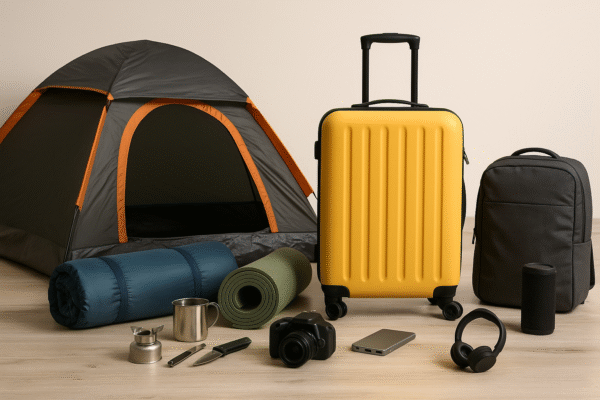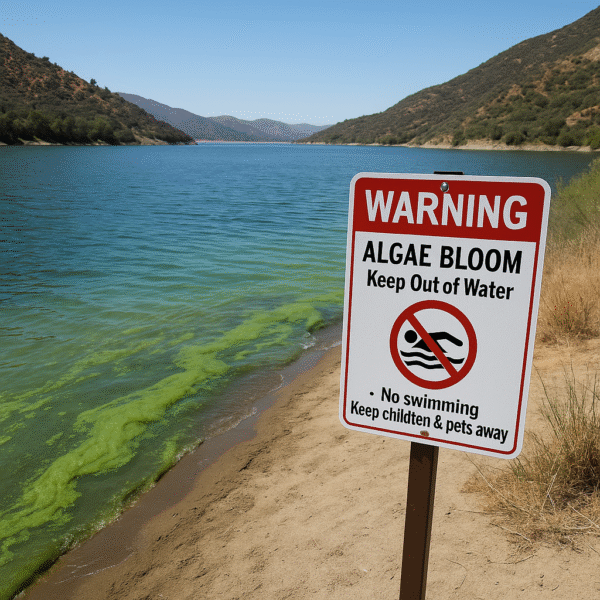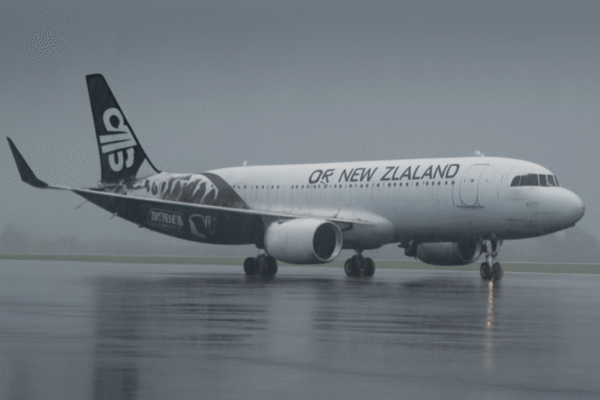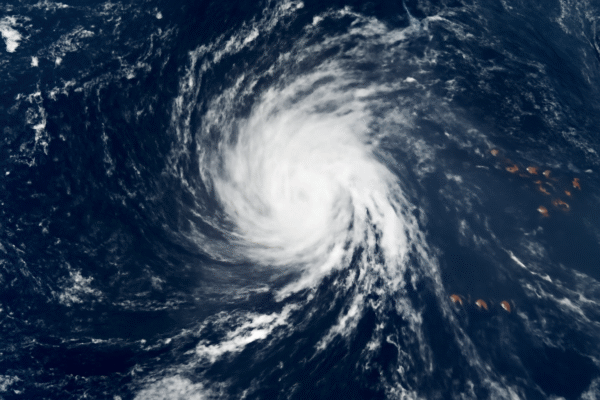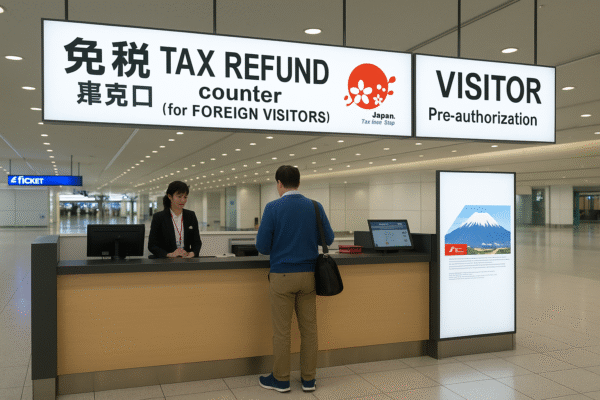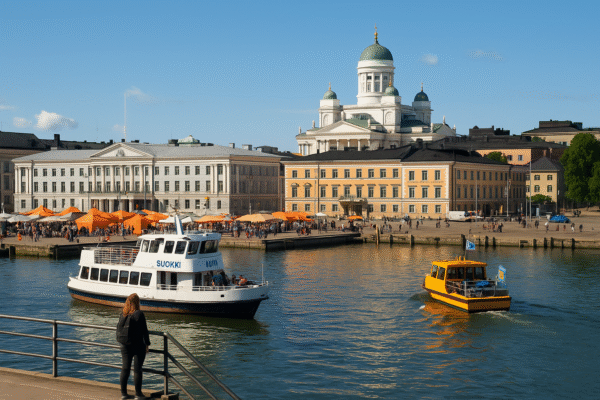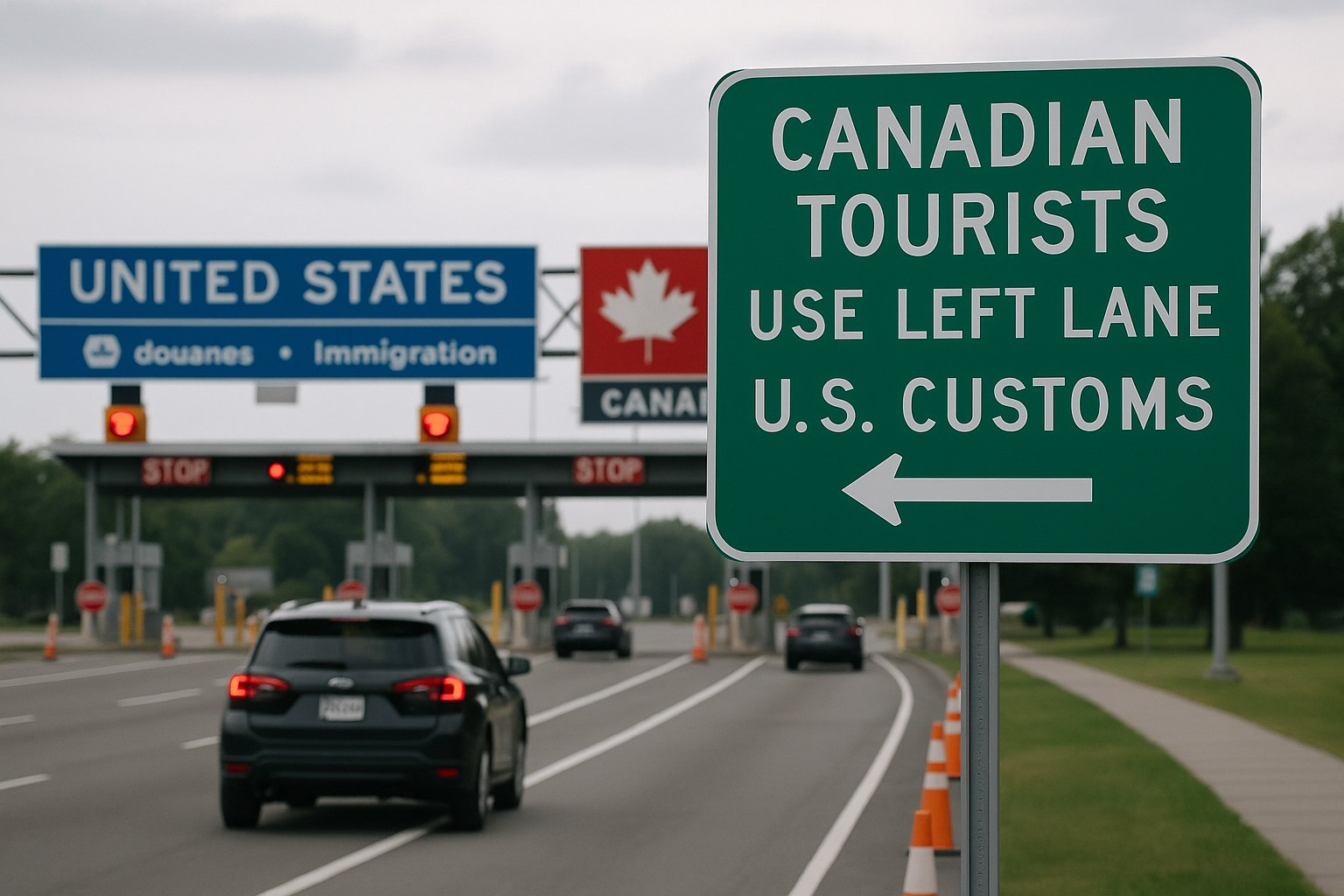In an unexpected blow to the U.S. tourism industry, a wave of declining travel from Canada is sending shockwaves across major American destinations in 2025. From New York and Hawaii to Texas, Illinois, Oregon, and Nevada, what experts are calling the “Great Canadian Travel Freeze” has begun to take a measurable toll. A combination of strained political relations, a strong U.S. dollar, reduced flight options, and higher travel costs has led to plummeting border crossings and slumping visitor spending, particularly from one of the U.S.’s most reliable international markets.
Data from U.S. Customs and Border Protection paints a clear picture:
- Automobile crossings from Canada to the U.S. fell by 38% in May 2025 compared to the same month last year.
- Air travel from Canada was down 24% year-over-year.
- In total, over 900,000 fewer Canadians crossed the U.S. border this spring compared to April 2024.
The U.S. Travel Association estimates that if the trend continues through the summer, the U.S. could lose as much as $2.1 billion in tourism revenue and up to 140,000 jobs—a significant dent in the nation’s post-pandemic travel rebound.
New York: Adirondacks See Tourism Slowdown
New York State, particularly the Adirondack region, is already feeling the chill. According to the Regional Office of Sustainable Tourism, Canadian interest has dropped sharply, with web traffic and bookings notably lower than expected. Eastern Ontario border crossings into New York declined 26.5% year-over-year in May, leaving tourism-dependent towns concerned about summer occupancy rates and local business performance.
Texas: Southern Snowbirds Disappear
Texas, long a winter favorite for Canadian travelers, especially in cities like San Antonio, Dallas, and Houston, has seen a marked drop in tourism activity. Although precise data for Q2 is pending, projections suggest that a 10% drop in Canadian visitation could cost the state hundreds of millions in lost spending. Hospitality and event organizers have already reported a soft spring season.
Hawaii: Summer Bookings at Risk
In Hawaii, the freeze threatens to put a major dent in the state’s tourism-dependent economy. Direct flights from Western Canada to Honolulu and Maui have been cut, resulting in 4% fewer visitors this year and a potential $1.6 billion loss in tourism spending over the next two years. Waikiki businesses are already reporting double-digit declines in Canadian customer activity.
Oregon: Road Trips and Trails Go Quiet
Known for its outdoor escapes and scenic drives, Oregon typically attracts a healthy number of Canadian road trippers. But this spring, the number of Canadian license plates on trails and highways has dipped. Regional tourism boards in Portland, Bend, and Eugene cite softer spring travel and canceled group bookings as evidence of the slowdown.
North Carolina: Quieter Beaches, Fewer Rentals
North Carolina’s famed Outer Banks and Asheville mountain retreats have also seen a decline. Canadian families, traditionally reliable for spring break vacations, are noticeably absent. Tourism boards are reporting fewer short-term rental bookings, adding to the concern about the upcoming summer season.
Illinois: Chicago Reinvents to Reconnect
Illinois, especially Chicago, is responding with creative campaigns such as “We Miss You,” targeting loyal Canadian visitors. Still, attractions like the Art Institute, Magnificent Mile, and Chicago Riverwalk cruises have all reported single- to double-digit declines in Canadian footfall since February. Recovery hinges on reinvigorating flight routes and consumer confidence.
Nevada: Las Vegas Feels the Chill
Las Vegas has been historically popular with Canadian tourists, accounting for up to 25% of some resort bookings. But with flight capacity reduced and the Canadian dollar under pressure, visitor numbers are down. Tourism boards project millions in potential revenue losses this summer unless Canadian traffic rebounds quickly.
Massachusetts: New England’s Appeal Fades
In Massachusetts, tourist towns like Boston and Cape Cod are seeing fewer group tours and advance bookings from Canada. Governors from several New England states have issued a joint plea to Canadian officials to help “keep our historic ties strong,” in light of disappointing spring data.
Ohio: Cleveland Tourism Drops 30%
Ohio’s Rock & Roll Hall of Fame in Cleveland has reported a 30% decrease in Canadian visitors compared to spring 2024. Around Lake Erie and in Cincinnati, tourism agencies are seeing similar dips, particularly from same-day auto trips, which are down as much as 50% nationally.
A National Issue: Cross-Border Challenges Mount
Across the country, border states and urban hubs are trying to pivot. With political rhetoric between Ottawa and Washington growing more contentious, and the Canadian dollar weak against the U.S. dollar, travel from Canada has become both costlier and less appealing. For Canadian tourists, European or Caribbean destinations are emerging as more value-for-money alternatives.
At the same time, reduced air connectivity is compounding the issue. Airlines have cut less profitable U.S. routes from Canadian airports, reducing accessibility even for those willing to pay more.
What’s Next for U.S. Tourism Recovery?
States like California, Illinois, New York, and Hawaii are already ramping up marketing investments, with campaigns specifically targeting Canadian returnees. Some cities are offering discounted packages, airfare promotions, and rewards programs to stimulate inbound traffic. Meanwhile, tourism boards are lobbying for diplomatic de-escalation and enhanced cooperation between governments to restore visitor flows.
But unless economic factors shift, or air routes are reinstated, the Canadian travel freeze may stretch into late 2025, casting a shadow over America’s tourism recovery.
Conclusion
The Great Canadian Travel Freeze is not just a short-term dip; it’s a significant disruption to the U.S. tourism ecosystem. From New York and Las Vegas to Hawaii and the Carolinas, the loss of Canadian travelers is being felt in hotel rooms, rental cars, restaurants, and attractions.
As the summer high season nears, the message is clear: without a warming of Canada–U.S. relations and adjustments to exchange rate pressures and air connectivity, American destinations may need to rethink their international outreach strategies—or brace for a prolonged tourism cool down.
For more travel news like this, keep reading Global Travel Wire

